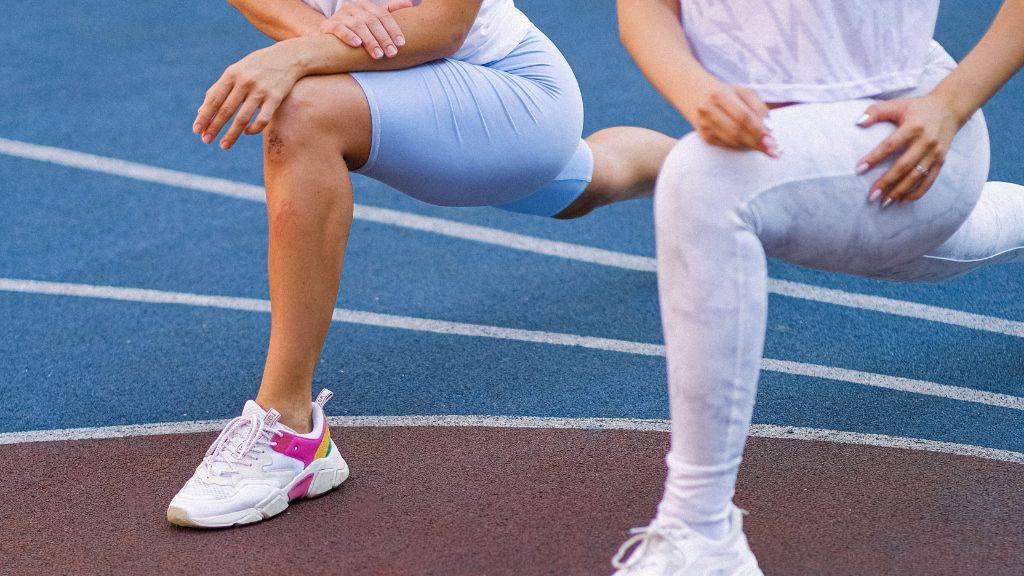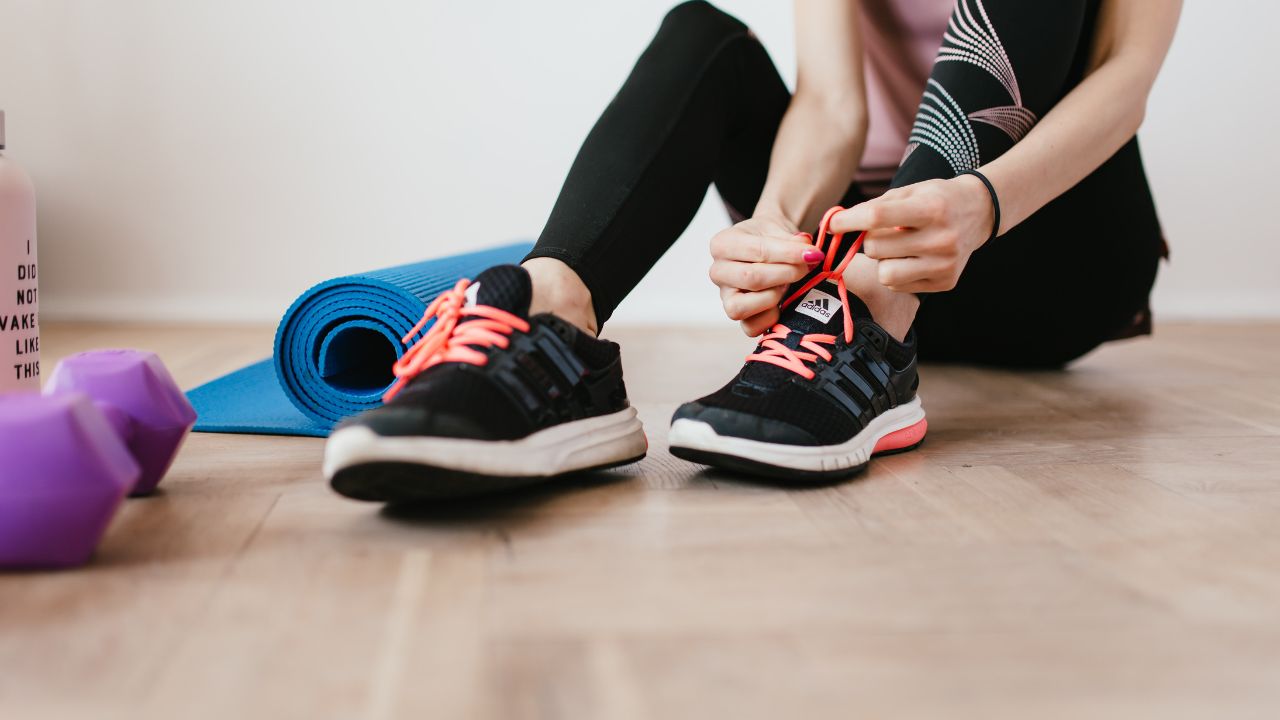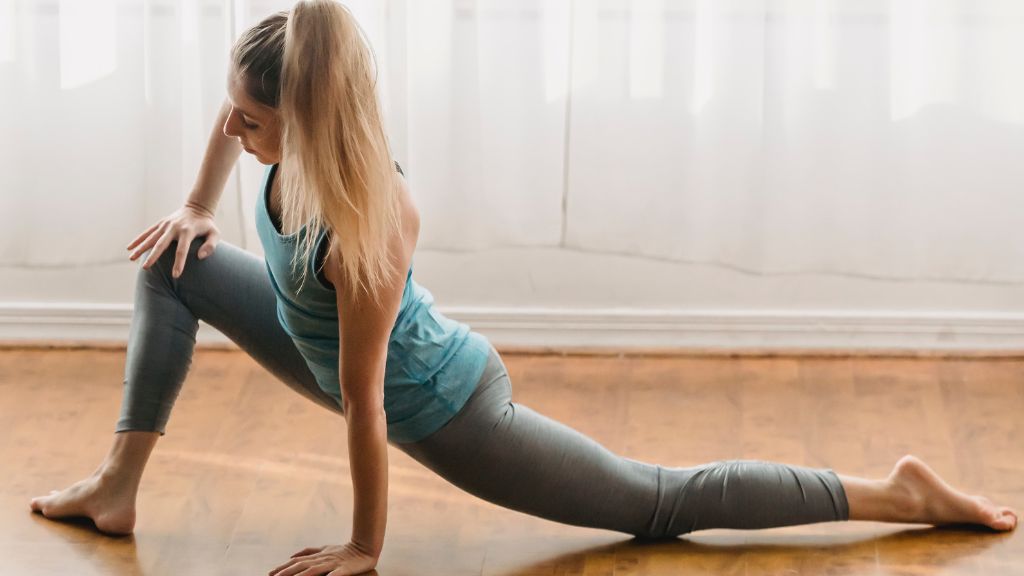When you think of lower-body moves, Reverse Lunges are probably the first thing that pop ups into the mind. Reverse lunge exercises are great lower-body strengtheners. To prompt your core, glutes, and hamstrings they are great exercises to build single-leg strength.
What Are the Reverse Lunges?
A lunge is a knee-strengthening exercise, which helps in toning your key leg muscles. You can do this knee strengthening exercise with dumbbells or kettlebells, by holding them at your flanks or in a racked position. If you have an approach to a barbell, you can also do the exercise using them. Before that, you have to make sure you mastered all the other variants first.
Exercise Method

With reverse lunge exercises, you’ll be stepping in reverse with one of your legs, keeping your upper body lined up and your backbone straight. Lunge backward with your one leg as far as you can easily while dropping your abdomen downward. Your front knee should be curved at a 90-degree angle and pointing toward the floor with your other heel elevated. Once in the down lunge posture, return to the starting position with both legs at the same time by pressing your heel into the floor and bringing your leg forward to complete the cycle. Repeat with an alternate leg for the preferred number of repetitions.
Difference Between Forward and Backward Lunges

Experts say that both forward lunges and reverse lunges are the best single-leg strengthening exercises. They are helpful tools for labeling and correcting any muscle imbalances that you could have. With passing time, these varieties of imbalances can lead to prolonged pains and injuries.
- A reverse lunge is usually more beginner-friendly as it requires a lot less stability than a forward lunge.
- A reverse lunge takes less energy going forward.
- Keeping balance is more puzzling in the reverse lunges because you are reaching your back foot behind you so you can’t see where it rests.
- Reverse lunges are fewer plyometric. So apart from balancing, reverse lunges are easier than forward lunges and you can normally hold more weight
- Lunging forward triggers your front leg, while reverse lunges emphasize your back leg.
Benefits of Reverse Lunges

- A reverse lunge workout includes a huge movement, which helps you increase your hip’s range of motion and make you more flexible and attractive.
- They stimulate your core area, improve your posture, and focal strength, and even prevent injuries.
- Reverse Lunges help sculpt your body aesthetically and with beautiful legs.
- It works on multiple muscles, which helps in burning more calories and, consequently, losing more fat and extra weight.
- This exercise is safer for the knees because it is much easier to stress the muscles of the glutes, and hamstrings. The pressure is minimized with backward lunges compared to forward lunges, as the bent with forwarding lunges is to get the knee too far onward and on the toes.
FAQs:
Are reverse lunges good for weight loss?
Yes! Reverse lunge workouts are good for weight loss because it uses all your leg muscles which boosts up your energy level that helps in burning fat and calories from your body…
Do these exercises affect my figure?
Reverse lunge exercises have visible effects on your body and figure. It helps you shape your figure and gives you beautiful legs with an aesthetic figure.
The Bottom Line
Reverse lunge exercises are one of the best leg exercises for everyone. This exercise strengthens your core muscles and boosts your energy. It is also effective on your thighs, hips, back muscles, and reshapes your figure and posture.
